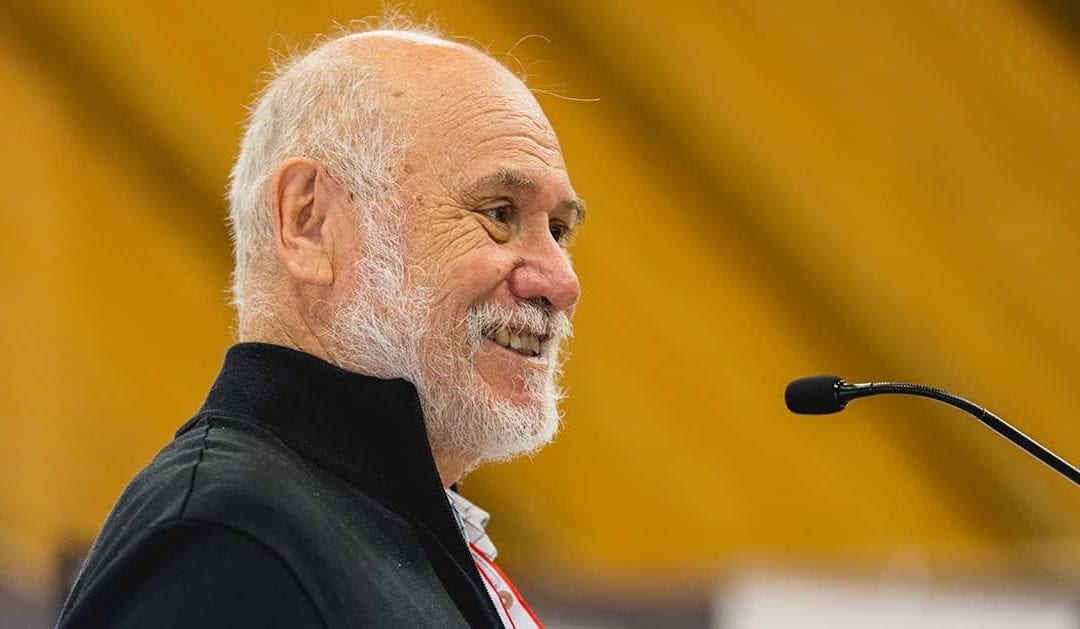7 November 2022
Te Pūnaha Matatini – the meeting place of many faces – is the Aotearoa New Zealand Centre of Research Excellence for complex systems. We’re looking for new faces to join our community, so we thought you might like to meet some of us.
Professor Tom Roa (Ngāti Maniapoto, Waikato) is our Kaumātua and a Principal Investigator at Te Pūnaha Matatini. He provides stability and wisdom as part of our leadership team.
Matua Tom is a Tainui leader, a familiar figure at marae around the country, and a scholar based in Te Pua Wānanga ki te Ao, the Faculty of Māori and Indigenous Studies at the University of Waikato. Over the years, Tom has been a leading figure helping to bring the Māori language into the mainstream, and he is one of the founders of Te Wiki o Te Reo Māori movement in the 1970s.
“As academics, we tend to get caught in our silos, and sometimes miss the opportunities that come from seeing what’s in the peripheral,” says Tom. “It’s exciting that we can invite others to be part of this whānau, and bring in new faces, new ideas, and new leadership in driving the research efforts of Te Pūnaha Matatini into a new space.”
“There’s a whānau atmosphere at Te Pūnaha Matatini,” Tom says. “There’s a culture of sharing information and finding ways that we can explore data and systems so that we can make sense of the complexities as a team. And always asking how we can use those complexities and various data to advance our aspirations for Aotearoa New Zealand.”
Tom has a longstanding research relationship with Te Pūnaha Matatini Director, Associate Professor Cilla Wehi. “Working with Cilla on various research efforts has shown me that she is a family oriented and earthed person,” he says. “With Te Pūnaha Matatini, I’ve seen her in a different light, and marveled at her ability to share the leadership role.”
“Being part of Ngāti Maniapoto, I’m very taken with te kawau mārō – the flight of the cormorant or shag. When the cormorant flies, its wings come in front of the body and push the body forward. The leader sticks its neck out and is not afraid to lead, knowing that when the leader tires, somebody else steps into place and takes a leading role. This was a primary fighting technique of my tupuna Maniapoto, and is symbolic of what I consider the culture of Te Pūnaha Matatini.”
“When Cilla asked me to come on board as Kaumātua, I looked at the research that Te Pūnaha Matatini was doing, and became very excited – particularly in terms of the complexities of systems. In my own work I look at the complexities of whakapapa – layering top to bottom but also from side to side, and the networks that whakapapa create. This happens with whakapapa, and tīkanga, and many other notions that are part of my Māori world. This fascinates me – so I find it very exciting being a part of this team.”
“I’m interested in encouraging research into complexities in tīkanga, te reo, and te ao Māori. There’s so much richness in mātauranga Māori that can enrich Aotearoa New Zealand society as a whole. I’m interested in the complexities of those various mātauranga – to say that mātauranga is one is like saying there’s only one science. There are so many fields to explore.”

